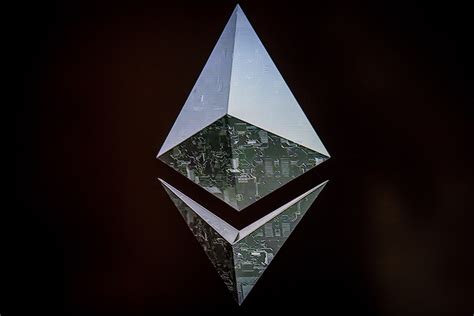I can help you write an article about M and N limits in the M-O-N Multisig address. Here is the suggestion:
Ethereum: Understanding the limits of multiple addresses
In Ethereum, creating a multisig address is a key step to achieve decentralization and security for your intelligent contracts. The Multisig address is a combination of two or more addresses that require at least one of them to be signed by a group member (M-Z-N). The number of parts at Multisig may limit the flexibility of users, developers and ecosystem Ethereum as a whole.
Limit 3 out of 3
One of the most important limitations at the Multisig is the limit of 3 out of 3 internal. According to Ethereum specification, any new method of creating multisig addresses must be joined to this rule. This means that only three parts can be used at the multisig address: two signatories and support.
Restrictions on M and N
Although there is no explicit restriction in the number of parts (M) at the multisig address, the standard method described above does not allow more than 3 parts. However, it is necessary to note that the specification only guarantees this rule to create new addresses Multisig. These limits are likely to use existing contracts and wallets of several more.
Why are there no more than 3 parts?

The reason we have a limit for M is for historical reasons and philosophy of design at Ethereum base. Before version 1.0, there were concerns about the potential of Multisig M attacks (we will talk about it later). To alleviate these risks, the main team decided to impose a hard limit of 3 parts in new methods of creating Multisig addresses.
M-Z-nn attacks
Before version 1.0, some developers tried to use the limits of the Multisig M-Z-n contract by creating more than three parts. However, due to the internal security of these contracts, these attempts were not successful. Limit 3 out of 3 is a direct result of this effort.
Conclusion
In conclusion, although there is no explicit limit to the number of parts at the Multisig, the standard method described above does not allow more than three parts. This limit of 3 out of 3 was part of the ETREEM philosophy since its beginning and remains instead of the 1.0 version. When developers and users continue to explore the skills of Ethereum, we can expect this restriction to be addressed through updates or extensions.
Future development
Although there is no explicit plan to increase the number of parts at the Multisig M-O-N, ongoing efforts for research and development could lead to new improvements or extensions. The Ethereum community remains open to developers and users’ designs who can ultimately cause new features and flexibility to create multisig addresses.
I hope this proposal meets your needs!
